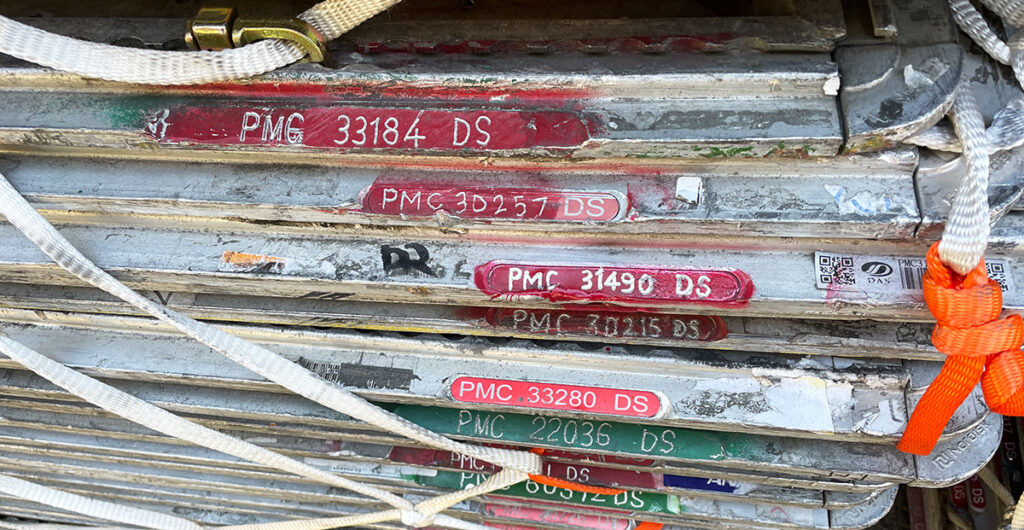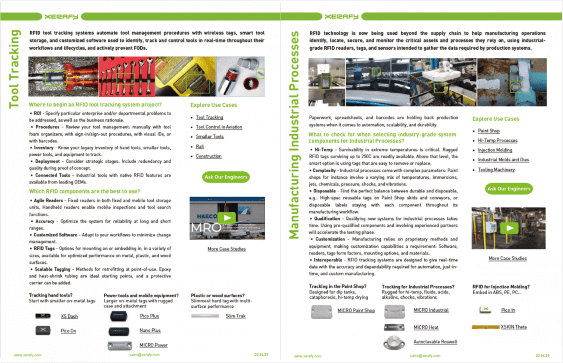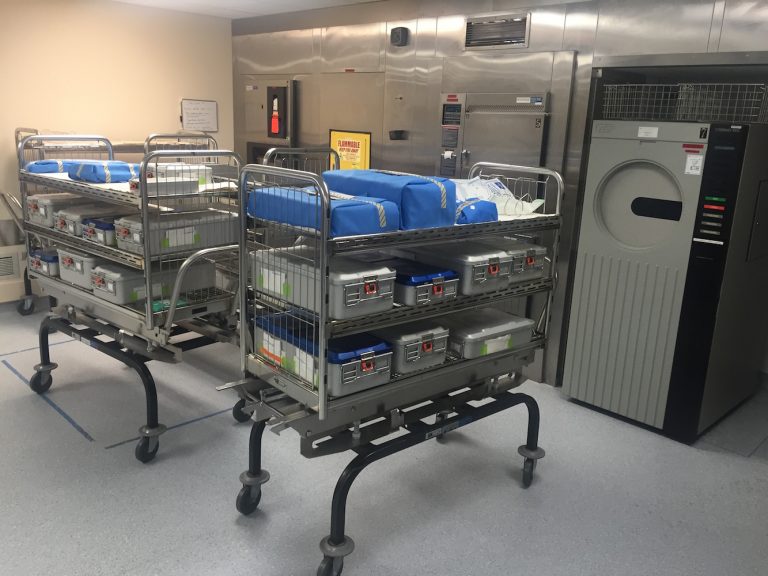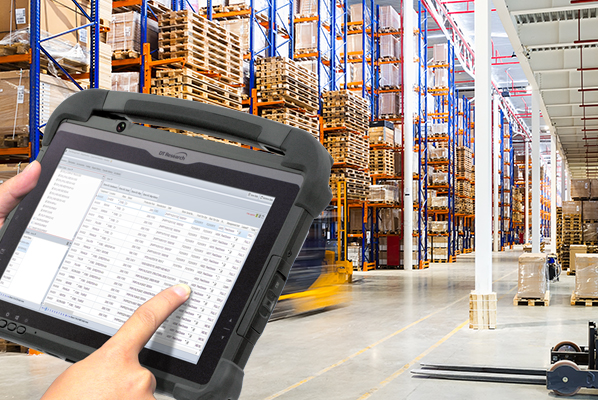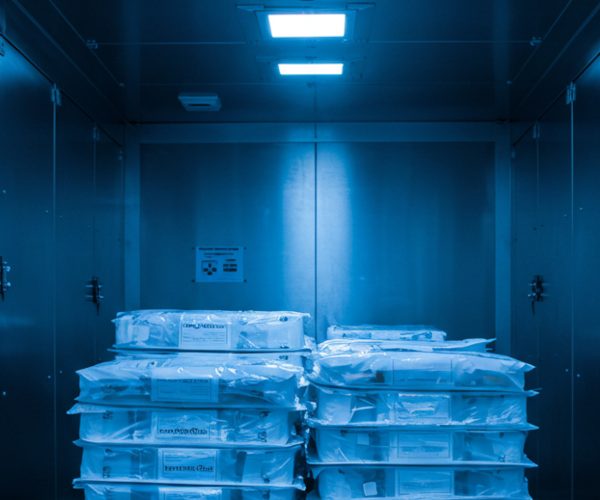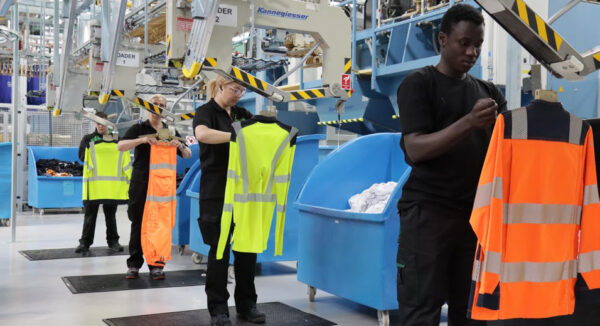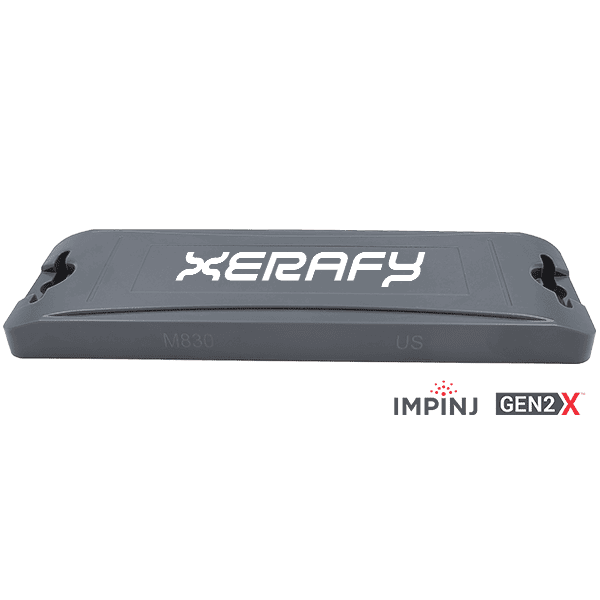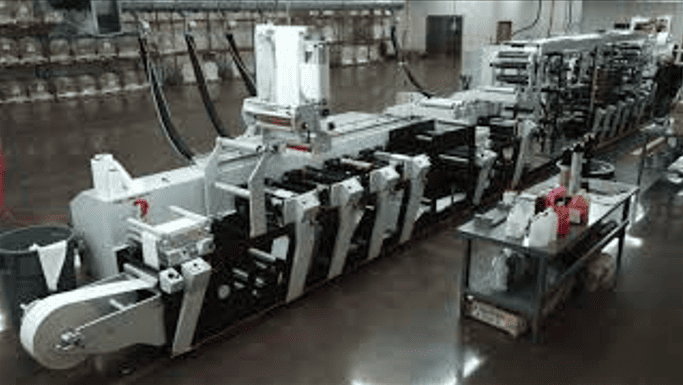With one-third of global cargo transported by air, the over 1 million Unit Load Devices (ULDs) in service worldwide are critical assets that enable efficient transport of goods, ensuring safe handling during loading, transit, and unloading. Managing a fleet of ULDs has become more critical than ever, with inefficiencies often resulting in delayed recovery and financial losses.
Automated tracking solutions using IoT technologies like RFID, BLE, and LTE are emerging to address these challenges. These solutions help track ownership or responsibility shifts for ULDs as they move between airlines, freight forwarders, and ground service providers.
Some manufacturers of ULDs offer proprietary Real-Time Location Systems (RTLS) based on BLE or LTE technology. Passive RFID technology, on the other hand, provides more value, especially when it comes to monitoring “Change of Control” situations.
Understanding the Role of ULDs in Air Freight Operations
ULDs are standardized containers and pallets used to load cargo onto aircraft. They are crucial to air freight operations as they enable cargo consolidation, improving handling efficiency and ensuring the safety of goods during transit.
Examples of standard types of ULDs include:
AKE Containers: Lightweight, enclosed units for carrying baggage and smaller cargo loads. Commonly used in passenger aircraft, AKE containers optimize cargo hold space while protecting smaller shipments.
PMC Pallets (Pallet Modular Container): Widely used standardized aircraft pallets for carrying general cargo. Constructed from lightweight metal, they are compatible with various aircraft types, maximizing cargo space while ensuring secure handling.
PGA Pallets: Heavy-duty pallets for oversized or heavy cargo. These pallets enhance durability, making them suitable for transporting machinery, large equipment, or other bulk items requiring stability.
Cooltainers: Temperature-controlled containers for transporting perishable or temperature-sensitive goods, such as pharmaceuticals or fresh produce. Cooltainers maintain consistent temperatures throughout the journey, ensuring reliable cold chain logistics.
Overcoming Challenges in Traditional ULD Management
The primary challenge for ULD controllers is to manage inventory imbalances between locations, often exacerbated by a lack of visibility into the status and location of ULDs. This is largely due to airlines, freight forwarders, and ground service providers relying on manual data entry and third parties.
Managing ULDs across their journey is complex, involving multiple stakeholders. Tracking ULDs on an aircraft is relatively straightforward due to defined loading and unloading processes. However, locating ULDs in warehouses, where they can be moved around, or on aprons, where placement can change unexpectedly, presents significant challenges. These complexities, combined with varying data quality from third parties and limited automation, highlight the importance of tracking technologies that reduce manual input and improve data reliability.
Frequent exchanges of ULDs between airlines, freight forwarders, and ground service providers at transshipment hubs add further complexity. Inadequate return shipments can lead to ULDs being held by third parties, adding inefficiencies.
These inventory imbalances lead to escalating costs for airlines, causing over-investment and under-utilization of assets. In extreme cases, the lack of available ULDs can result in flight cancellations, incurring costs related to unplanned storage, missed connections, and delayed deliveries.
Causes of Inefficiency in ULD Management
Lack of Integrated Inventory Visibility: Absence of a comprehensive view of operational, partner, and available ULDs hampers optimization.
Limited System Integration: Ineffective integration between vendor and airline systems hinders efficient tracking.
Incomplete Visibility: Without end-to-end visibility, including location, serviceability, and availability, inefficiencies are inevitable.
Inability to Assess Flight Delay Risk: Without real-time ULD data, it is challenging to evaluate flight delay risks linked to loading operations.
Difficulties in Schedule Optimization: Real-time insights into high-risk cargo (e.g., perishables, pets) are crucial for optimal scheduling.
Lack of Predictive Insights: The absence of predictive insights into ULD usage and availability restricts proactive decision-making.
These challenges underscore the need for advanced tracking technologies that eliminate manual errors, provide real-time visibility, and ensure efficient coordination across stakeholders. Tracking technologies can directly address these issues by automating tracking, ensuring ULDs are consistently accounted for, and enhancing operational efficiency.
Leveraging Tracking Technologies for Efficient ULD Management
Digital ULD tracking has fundamentally changed how fleets are managed. IATA continues to work on industry standards, and advancements in tracking technologies are opening up new practical and economic opportunities for the air freight sector.
Aviation is a time-sensitive industry, and tracking technologies play a key role in preventing costly irregularities. Airlines, freight forwarders, and ground service providers continue to invest in tracking solutions to maintain visibility over their ULDs.
- Automated Tracking for Real-Time Visibility
Tracking technologies, such as RFID, BLE, LTE, and GPS, have transformed ULD management by enabling automated, real-time visibility into the location and status of each unit. Unlike barcodes, these technologies do not require line-of-sight scanning, allowing ULDs to be tracked seamlessly throughout the supply chain. This reduces delays and enhances overall operational efficiency. - Unique Identifier across the Ecosystem
Each ULD tracked digitally has a unique identifier, which ensures accountability and minimizes misplaced assets. This unique ID allows for precise synchronization with cloud-based systems, maintaining accurate records and enhancing traceability throughout the ULD journey. - Cost Savings and Operational Efficiency
By automating ULD tracking and minimizing manual errors, these technologies help reduce operational costs. Fewer misplaced ULDs mean reduced replacement expenses. Real-time visibility also enables efficient ULD utilization, ensuring that units are available when needed and ultimately improving air freight operations. - Integration with Existing Systems
Tracking technologies can integrate with existing freight management systems, allowing stakeholders to enhance current processes without overhauling infrastructure. Such compatibility makes these technologies practical, scalable solutions for ULD management, providing immediate benefits while supporting future growth.
Tracking technologies are transforming ULD management, offering automated solutions that improve efficiency, accountability, and cost savings. By leveraging these technologies, stakeholders can optimize operations and enhance overall efficiency.
Comparing IoT Technologies for ULD Tracking
Battery-powered solutions like BLE, LTE, and GPS offer benefits for ULD tracking but also pose challenges. Power consumption is a significant issue since ULDs are in constant circulation and rarely available for maintenance, making battery replacement impractical. Passive RFID tags, which do not require batteries, present an attractive alternative for long-term ULD tracking.
RFID (Radio Frequency Identification) has been deployed to address traditional ULD management challenges. The technology is particularly useful in “Change of Control” situations where accurate recording of a ULD identification code is needed. Manual identification processes are inefficient and prone to errors, but RFID automates data capture, ensuring accuracy and speeding up the process.
RFID technology is durable and has proven reliability across various industries, even in harsh conditions. Its adoption in aviation and logistics has driven significant technological advancements and cost reductions in recent years.
Battery-Free Passive Design: RFID tags operate without batteries, avoiding interference with aircraft systems. The latest generations of tags can achieve long-range reads, making them ideal for ULD management.
Embedded Memory: RFID tags can store ULD management information, such as ULD Control Message (UCM) and Stock Check Message (SCM), with each tag having a unique ID for synchronization with cloud-based systems.
Slim and Compact Design: RFID tags are slim and can be placed anywhere on a ULD.
All-Weather Durability: Built to withstand harsh weather conditions, RFID tags last for years without maintenance, delivering an optimal return on investment (ROI).
BLE (Bluetooth Low Energy) is commonly used for short-range, battery-powered tracking. Delta Cargo was the first major airline to use BLE for ULD tracking, deploying over 1,400 Bluetooth readers across 200 airports. This enhances transparency and provides immediate tracking information, improving operational efficiency.
LTE (Long-Term Evolution) enables long-distance, real-time tracking with global coverage. Unilode Aviation Solutions, in collaboration with OnAsset Intelligence, uses LTE-enabled SENTRY IoT gateways to provide real-time location, status, and chain-of-custody visibility.
GPS (Global Positioning System) offers high-accuracy, real-time ULD tracking, particularly suitable for outdoor applications. Logistics companies use GPS trackers to monitor ULD movements during transportation, ensuring accurate location data throughout the journey.
Battery-powered tracking technologies like BLE, LTE, and GPS face challenges related to energy consumption. Removing ULDs from circulation for battery replacement is not practical for large fleets, making power consumption a significant hurdle. Passive RFID offers a viable alternative for achieving effective ULD tracking without the maintenance demands of battery-powered solutions.
Key Considerations for Choosing ULD Tracking Technologies
Automate Tracking: Choose technologies that automate data collection to reduce manual errors and improve reliability.
Prioritize Energy Efficiency: Opt for passive solutions like RFID that don’t require batteries, minimizing maintenance.
Ensure Seamless Integration: Select tracking systems that integrate smoothly with existing workflows for easy adoption.
Meet Aviation Standards: Ensure the technology complies with aviation safety requirements to avoid system interference.
Minimize Maintenance Needs: Pick low-maintenance solutions to maximize operational availability and ROI.
Leverage Sensing Capabilities: Use technologies that offer geolocation, temperature, and humidity monitoring for enhanced cargo management.
Consider Technological Advancements: Look for technologies with improving capabilities and decreasing costs, such as passive RFID with extended range.
Plan for Scalable Deployment: Choose solutions that can be widely and quickly deployed across the fleet for maximum impact.
Xerafy is a pioneer in Industrial RFID, bringing to market several innovations that enable advanced identification and automation capabilities in manufacturing.
In addition to a complete range of field-proven RFID tags available off-the-shelf, Xerafy offers Custom RFID Tags services, covering everything from a personalization service bureau to custom-design engineering capabilities.
